Do you like greens around your home space? Can you remember the exact phenomenon that made you fond of these greeneries? Over the years, houseplants have become quite a trend as they enhance the aesthetics and air quality of our spaces. According to research, people spend more than 85% of their lives indoors, and houseplants are an easy way to bring nature into the home. However, it’s important to note that all houseplants are not safe! And these poisonous houseplants pose a risk to the health of both humans and pets.
Were you ready for something like that? Well, if not, this article will be of help. It underscores the health hazards these plants can pose and emphasizes the importance of keeping them out of reach for children and pets.
Beware of These 10 Poisonous Houseplants
From skin irritations and upset stomachs to sensations of burning in the mouth and throat, these are all common phenomena that you might undergo with a poisonous houseplant nearby. Well, moving ahead, here is a comprehensive list of 10 poisonous houseplants that you need to be wary of.
1. Dieffenbachia (Dumb Cane)
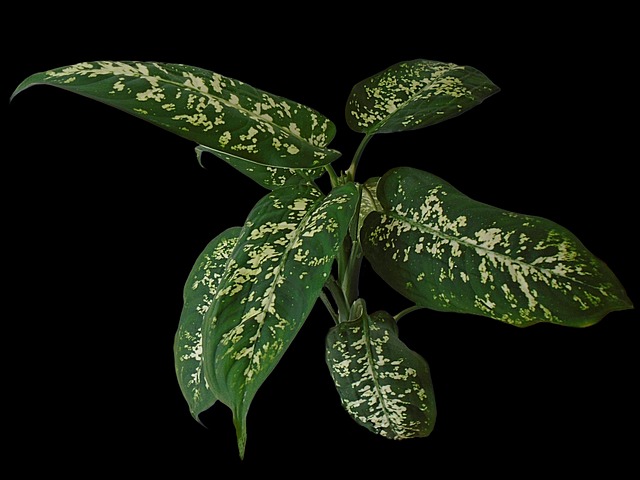
Dieffenbachia, commonly referred to as Dumb Cane, has variegated leaves. However, it’s important to note that every component of this plant contains crystals called oxalate. Which can result in irritation, a burning feeling, and swelling of the mouth and throat if consumed. It’s crucial to ensure this plant is inaccessible to children and pets since even a minor taste can cause discomfort.
2. Oleander
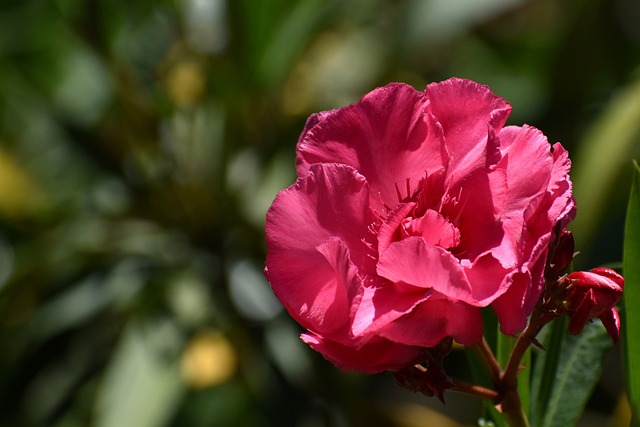
Second on the list of poisonous houseplants is the oleander shrub. It comes with flowers and is quite aesthetic to showcase in the house. However, it’s important to remember that the Oleander plant contains glycosides. Consuming Oleander can cause issues, with the heart feelings of nausea. Or can even pose a threat to one’s life. Moreover, touching Oleander without wearing gloves can cause skin irritation.
3. Azalea
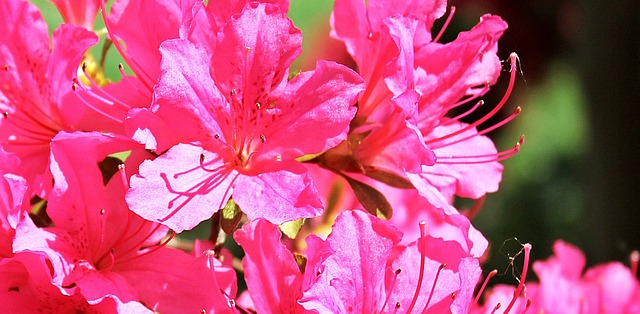
Azaleas are renowned for their striking flowers and are frequently used as decorative houseplants. However, these alluring blooms conceal a dangerous secret. Parts (stem, leaves, flower, and nectar) of the Azalea plant contain grayanotoxin. Ingestion in small amounts can result in symptoms of nausea in humans, causing – vomiting and diarrhea. Also, in severe cases, dogs and people may develop bradycardia – leading to a slow heart rate.
4. Philodendron
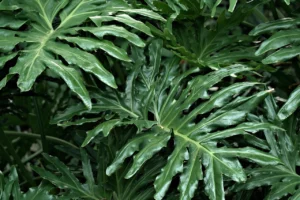
Philodendrons are a common plant in-house option due to their low maintenance and attractive heart-shaped leaves. However, Philodendron leaves contain calcium oxalate crystals, which can irritate the mouth and throat if ingested. Therefore, it is crucial to keep Philodendrons out of reach from pets and children who may be curious.
5. Pothos (Devil’s Ivy)
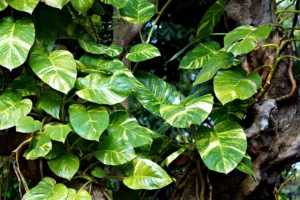
Pothos, known as the Devil’s Ivy, is a much-liked plant known for its heart-shaped leaves with variegated patterns. However, what brings it to the list of poisonous houseplants is the presence of Calcium Oxalate Crystals similar to Philodendrons. These crystals are present throughout the plant and can irritate the mouth and throat if chewed or eaten. Other hazards include a burning sensation, immediate pain, and swelling of the mouth, lips, throat, and tongue. To avoid any accidents, it’s crucial to keep away Pothos from pets and children.
6. Sago Palm
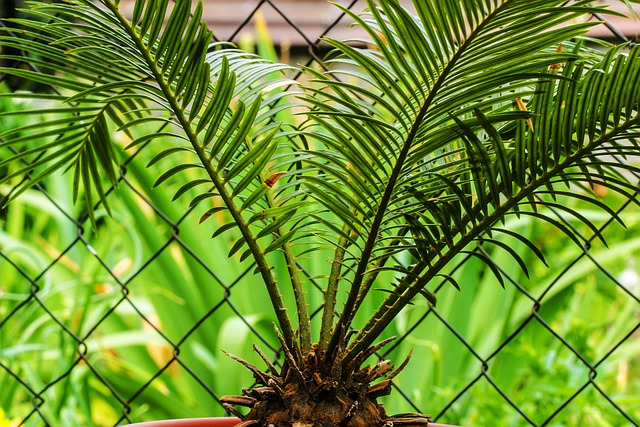
Sago palms come with long green fronds and are relatively low-growing plants. They’re unique and beautiful and add a tropical vibe to any space. However, all parts of the Sago Palm contain Cycasin, which can harm the liver and kidneys if consumed. Drooling, depression, diarrhea, and vomiting may be the first signs of poisoning. It is essential to keep this plant away from pets and children, as touching it can lead to skin irritation.
7. Peace Lily
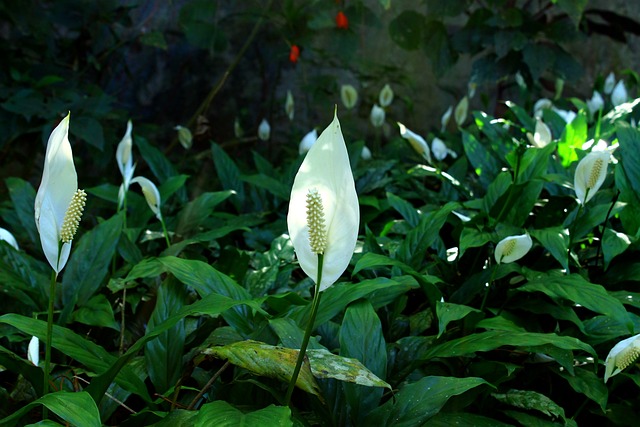
Peace lilies are popular due to their flowers and the ability to purify the air indoors. However, it’s important to note that these appealing plants, similar to Philodendrons and Pothos, contain Calcium Oxalate crystals. If consumed, these crystals can cause discomfort and irritation in the mouth and throat, leading to complicated health hazards. It is crucial to handle them with care and ensure they are inaccessible to pets and children.
8. Croton
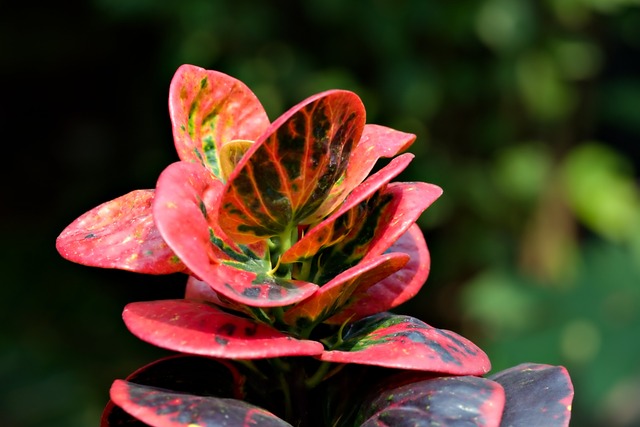
Croton plants can be put in receptacles and maintained indoors, but they should be placed in a location that acquires substantial Sunlight exposure. Crotons are known for their foliage that showcases colorful leaves. However, it is important to handle this plant with care! The milky sap from the leaves, roots, stems, and blossoms of the plant are poisonous. If you come in contact with the sap, immediately rinse with soap and water. Otherwise, it can lead to skin rashes.
9. Snake Plant
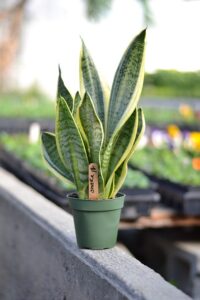
Scientifically known as ‘Sansevieria,’ The Snake Plant is a popular indoor houseplant renowned for its air-purifying qualities. However, even after being generous and helpful towards the home environment, a Snake Plant can still be mildly toxic to pets and humans. The toxins in the plant may lead to gastrointestinal discomfort, resulting in symptoms like nausea, vomiting, and diarrhea. To ensure the safety of your pets and children, it’s advisable to keep Snake Plants out of their reach.
10. Foxglove
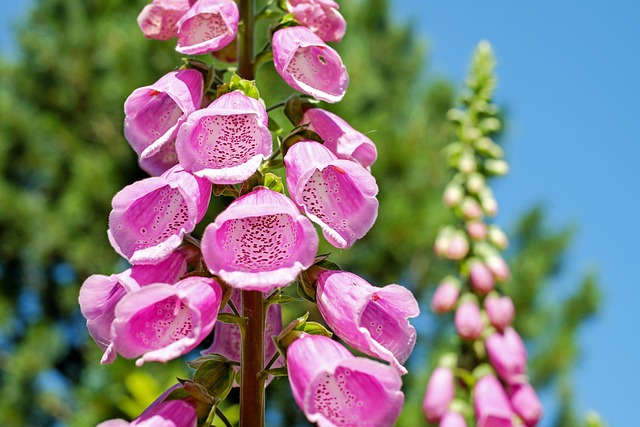
Foxgloves are popular among gardeners and homeowners because of their ornamental bell-shaped flowers. However, this plant can be toxic, all thanks to the presence of Glycoside in them. Consuming it can lead to heart complications, nausea, and other gastrointestinal problems. Hence, it is recommended to keep Foxgloves away from children and pets where they cannot have access to them.
While having plants indoors can enhance the beauty of your home and bring health benefits, it’s important to be aware of hazards associated with certain varieties. Here’s hoping that by now, you have a comprehensive idea about the toxicity levels possessed by poisonous houseplants. Make sure to keep these plants out of reach of children and pets and handle them cautiously. When choosing plants, prioritize the safety of your household rather than just going after the beauty and aesthetic qualities offered by the same.



